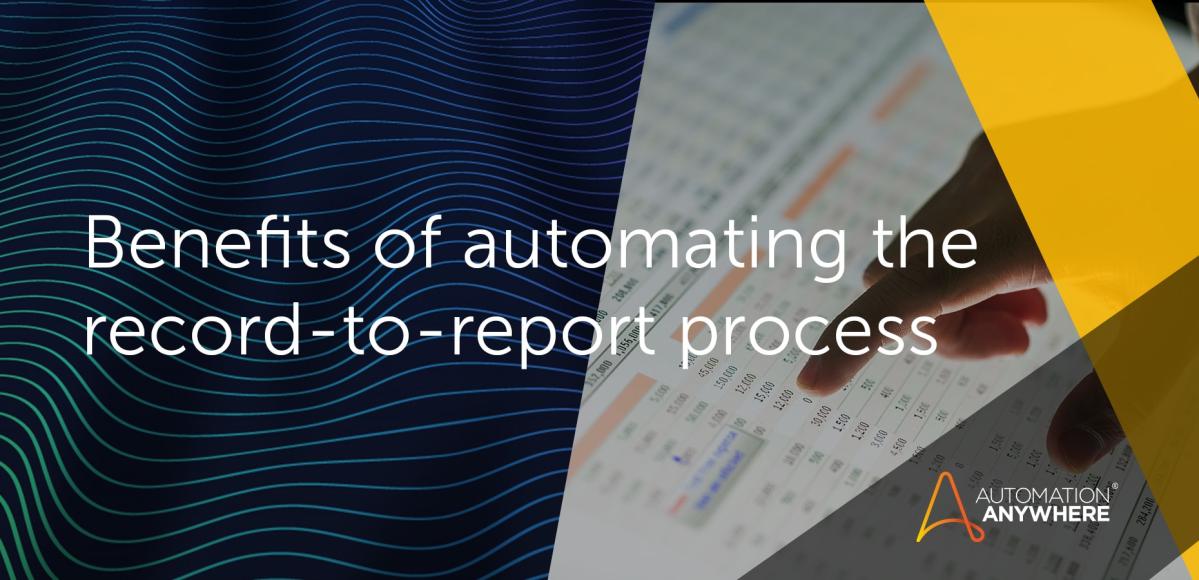- Login
- Search
- Contact Us
-
Have a question? Our team is here to help guide you on your automation journey.
-
Explore support plans designed to match your business requirements.
-
How can we help you?
-
- AI
AI Without the Hype From pilot to full deployment, our experts partner with you to ensure real, repeatable results. Get Started
- Automation Anywhere AI
-
- Solutions
Featured Agentic Solutions
Accounts Payable Invoice automation—No setup. No code. Just results. Accounts Payable
Customer Onboarding Scale KYC/AML workflows. Customer Onboarding
Customer Support Keep queues moving, even at peak load. Customer Support
Healthcare RCM Revenue cycle management that runs itself. Healthcare RCM
- Products
Platform Features
- Agentic process automation (APA)
- Robotic Process Automation (RPA)
- View all Products
-
- Resources
Get Community Edition: Start automating instantly with FREE access to full-featured automation with Cloud Community Edition.
Featured
 Named a 2025 Gartner® Magic Quadrant™ Leader for RPA.Recognized as a Leader for the Seventh Year in a Row Download report Download report
Named a 2025 Gartner® Magic Quadrant™ Leader for RPA.Recognized as a Leader for the Seventh Year in a Row Download report Download report- Become an Expert
- Developer Tools
- Get Support
- View all resources
-
- Partners
Find an Automation Anywhere Partner Explore our global network of trusted partners to support your Automation journey Find a Partner Find a Partner
- Find a Partner
- For Partners
-
Blog
RPA for Record to Report (R2R) Exceeds Expectations
Navigate to content
Finance was a very early adopter of Robotic Process Automation (RPA). Even today, it’s often finance leaders that first bring automation into the business. You could say finance leads by example.
Still, finance leaders are frequently taken by surprise—in a good way—when they begin deploying RPA to finance operations. They’re typically looking to cut costs and capture operational efficiencies. Once they start using RPA, they achieve those objectives and quickly realize that there are many other significant benefits.
First, intelligent automation enhances the timeliness of financial information. This is critical to accelerate book closing and also to deliver up-to-date information so executives can make informed decisions. Second, automation strengthens governance. RPA can automate manual controls and establish audit trails to identify the exact processes that have run and when. This makes preparing for audits easy as opposed to manually gathering work papers and other documentation. Finally, RPA is a tool that empowers employees. Finance employees can use digital assistants to take care of repetitive manual tasks, freeing them to do much more value-added work. Rather than spending time aggregating data, preparing reconciliations, and creating reports, finance professionals can shift their focus towards analyzing information and developing business insights.
Although RPA is being used across the entire finance value chain— including procure to pay (accounts payable) and order to cash (accounts receivable)— it’s increasingly being deployed to automate record-to-report (R2R) processes. In this blog, we’ll provide examples to show precisely how R2R processes can benefit from RPA.
R2R: Getting more than anticipated from automation
R2R is one of the most complex functions in enterprise finance. It processes the data that delivers critical insights on an organization’s performance—from both financial and operational angles—to internal and external audiences. R2R encompasses several critical areas within finance: financial/general ledger operations, regulatory and external reporting, treasury operations, and financial planning and analysis (FP&A). We’re going to focus on three R2R processes that are ripe for RPA within these categories: performing account reconciliations, preparing trial balances, and building line-item budgets.
Performing Account Reconciliations
The general ledger records all transactions of an organization and is intended to be the single source of financial truth. Financial reconciliations serve as critical controls in the accounting process to ensure the accuracy of the general ledger.
Many companies have an automated reconciliation system. However, many reconciliations are so complex that they still need to be performed manually. These manual reconciliations can benefit from automation.
Most reconciliations validate financial information by matching the general ledger data against source systems. RPA bots can perform this task by accessing the general ledger and sub-ledgers' data, comparing the information, flagging any discrepancies, and proposing adjusting entries. Once this is done, reconciliation worksheets and related adjusting entries can be uploaded by RPA software robots (“bots”) into the financial systems. To make it easier and faster to automate, manual reconciliations can be grouped into similar types, and the process steps can be standardized within each group.
Preparing Trial Balances
Trial balances validate an ending balance in the general ledger by starting with the previous period-ending balance and adjusting for all the subsequent transactions to calculate the current period-ending balance.
One common use of RPA is to automate the trial balance calculations and the posting of any adjustments to the general ledger. RPA bots can extract all of the transaction data for the current period, calculate a trial balance, compare it to the general ledger balance, and prepare an adjusting entry if there is a discrepancy. Also, bots can post evidence of the trial balance calculation in the appropriate general ledger account.
Building Line-Item Budgets
The preparation of cost-center level budgets is typically a time-consuming, manual process. One of the most arduous parts of the process involves gathering data from various sources, aggregating and formatting the data, and performing standard calculations to create a preliminary budget and subsequently preparing management reports and budget variance analyses. Today, most of these tasks can be completed by bots, freeing up time for finance professionals to focus on budget analysis and decision-making rather than data entry and reporting.
There is much more value
These are just three examples of processes where RPA can deliver value within finance. Interested in identifying more opportunities? The Everest Group analyst firm has developed a proprietary method to assess the suitability of processes for automation. Called the Enterprise Value Chain Approach (EVCA), this five-step methodology helps businesses identify business processes, define appropriate metrics for successful completion of those processes, analyze each process, spotlight high-value opportunities for automation, and normalize metrics to prioritize those opportunities. For additional ideas regarding processes to automate in finance, the Everest Group has produced a white paper explicitly showing how to apply EVCA to the R2R function.
Read the Everest Report on Automating R2R.
About Ken Mertzel

Ken Mertzel is the Global Industry Leader for Financial Services and has extensive industry experience in translating financial data into strategic information to improve business performance.
Subscribe via Email View All Posts LinkedInGet to know the Agentic Process Automation System.

For Students & Developers
Start automating instantly with FREE access to full-featured automation with Cloud Community Edition.



